Barcelona, the cosmopolitan capital of Spain’s Catalonia region, is a major port and commercial center that is famed for its individuality, magnificent Gaudí creations, cultural interest, and stunning scenery. Facing the Mediterranean Sea, Barcelona is located on the north-east coast of the Iberian peninsula, on a plain approximately 5 km wide.
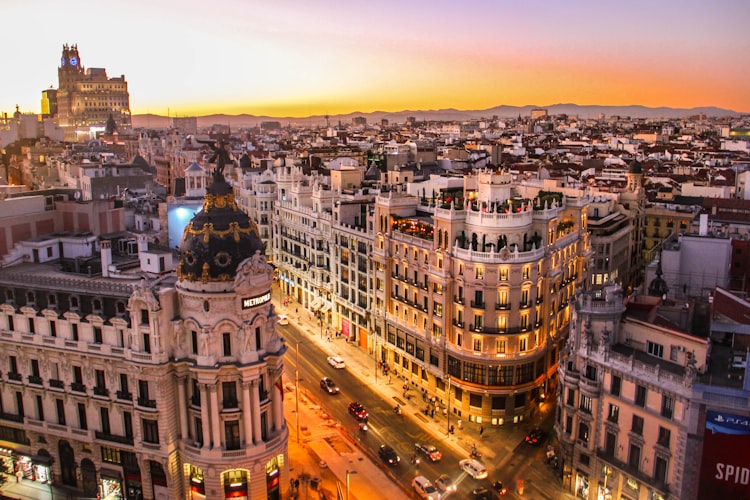
Founded as a Roman city, Barcelona is the largest metropolitan city on the Mediterranean coast and is the second largest city in Spain after Madrid (has nothing to do with the football rivalry haha). The Barri Gotic is the center of old Barcelona and some of the buildings here date back to the Roman era.
Archaic constructions are found almost everywhere and they are responsible for pulling thousands of attracted tourists to the city of Barcelona every week.
The city is well known for hosting the 1992 Summer Olympics as well as world-class conferences and many international sporting tournaments making this cosmopolitan and bustling city popular with tourists all year round with its fantastic art and architecture, and rich medieval history, as well as innovative modern additions, Barcelona is certainly not short of things to see and do. With sandy Mediterranean beaches, fantastic attractions and mouth-watering food, Barcelona is sure to mesmerize you.
Here are 10 Historical Places in Barcelona Every Tourist Should Visit
10) Sagrada Família: This is a large Roman Catholic Church and one of Gaudí’s most popular works in Barcelona. The giant Basilica has been under construction since 1882 and when it is finally finished in 2026, the Sagrada Familia will have taken 144 years to complete.

A little history for the road:
“Gaudí was a famous Spanish Architect whose work was influenced by his passions in life, architecture, nature, and religion. He considered every detail of his creations and integrated these into his architecture, using such crafts as ceramics, stained glass, and wrought ironwork. He also introduced new techniques in the treatment of materials used for his work. Gaudi committed the last 15 years of his life to the Sagrada Familia project and after his death, he was buried in the crypt of the building.”
The interior is also strongly marked by Gaudí’s personal style and inspired by nature, with columns shaped like tree trunks, giving the feeling of being in a forest. This UNESCO World Heritage Site is truly an unfinished masterpiece that is a must see by everyone visiting Barcelona.
9) Barcelona aquarium: This is one of the largest Mediterranean-themed aquariums in the world and Europe’s most important recreational and educational marine center.
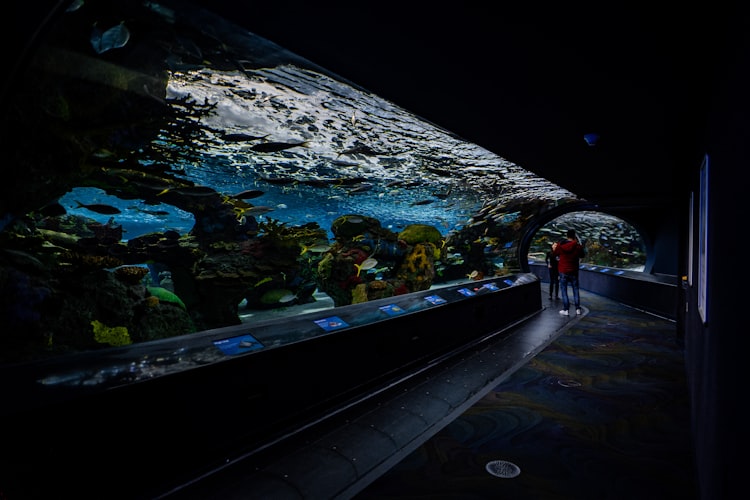
The aquarium is situated in Port Vell, a seaport in Barcelona and the 35 aquariums at the facility are home to over 11 thousand creatures representing 450 species from diverse aquatic systems. From the coral communities to the shallow sandy coastal habitats, as well as Spain’s coastline, you can be sure to discover some amazing sea life.
Behind the aquariums are a large team of highly qualified professionals using the latest technology to look after the well-being and health of all the sea creatures. Temperature, salinity, water quality, lighting and the re-creation of each ecosystem are painstakingly analyzed to ensure that all aquarium inhabitants, some that are especially difficult to keep in captivity, can be accommodated and enjoyed.
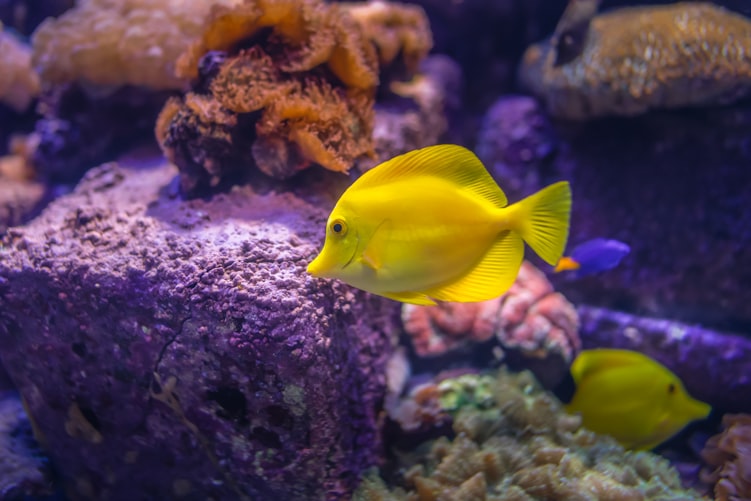
Visitors can embark on an aquatic journey through the tropical oceans and marine communities of the Mediterranean. The unique Oceanarium features a transparent tunnel that is more than 80 meters long, so you can walk among sharks, eels, and stingrays (pretty exciting).
A trip to Barcelona’s Aquarium is fun, fascinating and informative, and a great day out for all the family.
8) Montjuïc Cable Car: This car links Barcelona to the peak of Montjuïc, Barcelona’s historic mountain, where you can get the very best views of the Catalan capital.
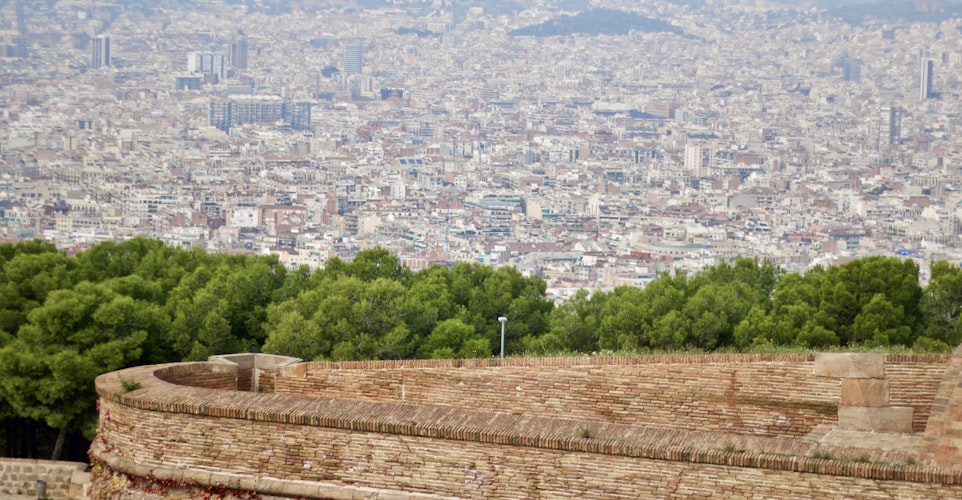
Get to the funicular at the Parallel metro station and then hop in the cable car for a 750-meter long trip up to the top of Montjuïc, high above the city. The Telefèric station is a short 10-minute walk from the Olympic Stadium and a 5-minute walk from the Miró Museum, both worthy of a visit in their own right.
With brand new cabins that can convey up to eight people, it is the ideal way to ride in comfort and enjoy exhilarating panoramic views of Barcelona on the way to the top.
7) Casa Batlló: Located at number 43 on Paseo de Gracia, a route linked that Villa de Gracia to the city in the past, which has become a unified part of the city.

The structure was built in 1877 and was procured by Mr. Joseph Batló in 1903. Mr. Batlló allowed full artistic privilege to Gaudí, giving him complete charge of a design that originally required breaking down the building. However, the demolition of the house was stopped, and it was completely remodeled between 1904 and 1906.
Besides its artistic worth, the structure is exceptionally operational, has more attributes of recent times than of the past. Casa Batlló is one of the most attractive suburban buildings in Europe and reflected Gaudí at his artistic prime. Tourists can learn all about Gaudí’s creative world, the house’s construction, and life in the early 20th century.
6) La Rambla: The most exemplary street in Barcelona, La Rambla is a large, tree-shaded, pedestrian boulevard that runs from the Plaça Catalunya, where the beautiful Romanesque 12th-century Convent of Santa Anna stands, all the way down to the seafront.

Located in the Gothic Quarter of Barcelona, it originally marked the edge of the town center during the Middle Ages, before later becoming a popular street full of historic buildings, outdoor cafés, shops, and the famous La Boquería food market. The unique feature of the Rambla or street is that it is divided into 5 different streets flowing smoothly into each other.
At 2 kilometers long, the boulevard is busy throughout the day and night and is a famous meeting point for tourists.
5) Camp Nou: This is a familiar name to all football fans, located in the western Les Corts neighborhood of Barcelona, is the 99,000 capacity stadium, that has been the home ground of FC Barcelona since 1957.
.jpg)
Camp Nou is one of Europe’s football cathedrals and is the 3rd largest in the world. The Camp Nou Experience is one of the most popular tourist attractions in Barcelona and taking a tour of the stadium and browsing the memorabilia of one of the world’s most prestigious teams is magnificent. Perched up in the rafters, the commentators’ boxes offer the best view of the entire stadium and the playing field.
Many famous TV and radio personalities have spent hours here, helping fans at home feel the hype and the ambiance of the game from afar. Visitors can walk around the interactive museum and learn about the team via touch screens and sound installations. Then live the emotion of entering the field of play from the tunnel, enjoy the photos, goal videos and a trophy cabinet full to the brim.
4) Casa Milà: Visitors can explore this UNESCO World Heritage Site which is another brilliant work from the fantastical mind of architect Antoni Gaudí.
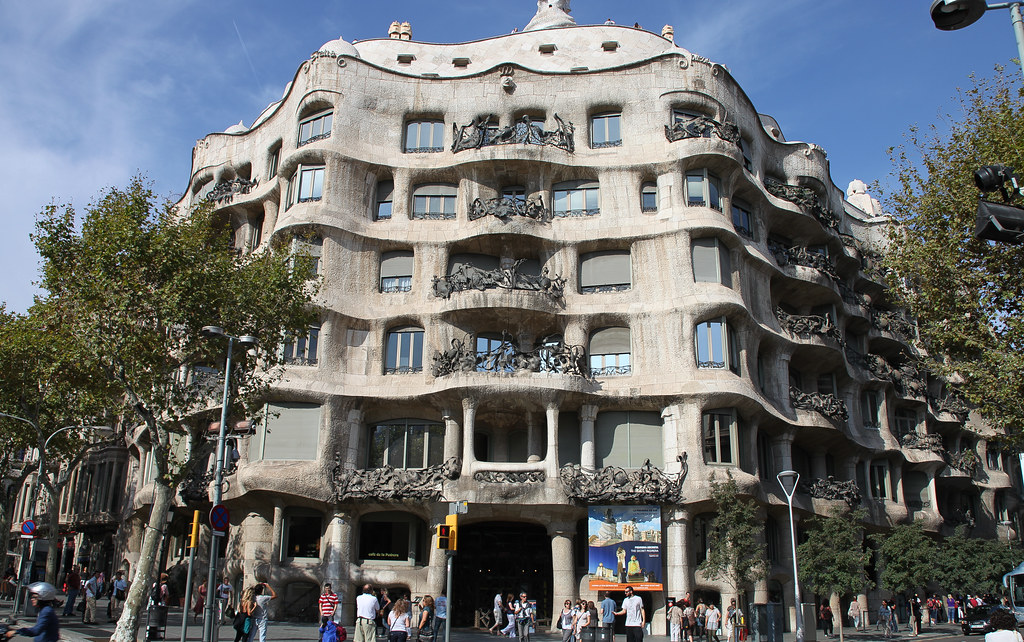
The residential building is located in the district known as “Eixample” and is one of the most famous architectural landmarks becoming a must-see visitor attraction. The Casa Mila is also known as The Quarry, which is a reference to its unconventional rough sculpted appearance.
The architect created an astonishing modernista style building, set out around two interior courtyards that provide the flats with ventilation and light. It was the final individual mansion sketched by architect Antoni Gaudí and was constructed around the year 1906 and 1912.
.jpg)
The Casa Milà highlights the carbon copy of an early 20th-century apartment, a display of Gaudí’s work in the attic, a really interesting museum and the grand roof terrace, with its famous chimney pots that look like surreal chess pieces.
3) Barcelona Zoo: Located inside the Park de la Ciutadella, Barcelona Zoo is one of the city’s most popular attractions and sees thousands of animal lovers visit each year.

One of the world’s largest city zoos, Barcelona Zoo has 32 acres of space for over 2,000 animals from over 300 species. Over the years, Barcelona Zoo was popular for its celebrity occupant, ‘Snowflake’, who was the only known albino gorilla in human confinement, Snowflake dwelled in the zoo from 1966 until he passed away in 2003.
Visitors can learn all about the animal's lives and natural habitats, and discover the zoo’s ongoing conservation and breeding programs. You can see the world’s largest lizards in the Komodo dragon enclosure, admire flocks of parrots and tropical birds in the aviary, or see pigs, ponies, and even rare Catalan donkeys in the child-friendly farmyard.

A visit to Barcelona Zoo is a fantastic day out with everything you need to enjoy with the family, including restaurants, bars, pony rides, a miniature railway, electric cars, shops, and picnic areas.
2) The Beach: Barcelona’s coastline stretches for 4 and a half kilometers, and offers visitors a wide variety of excellent beaches. Recently bagging the award of “one of Earth’s best beach cities” by the National Geographic.
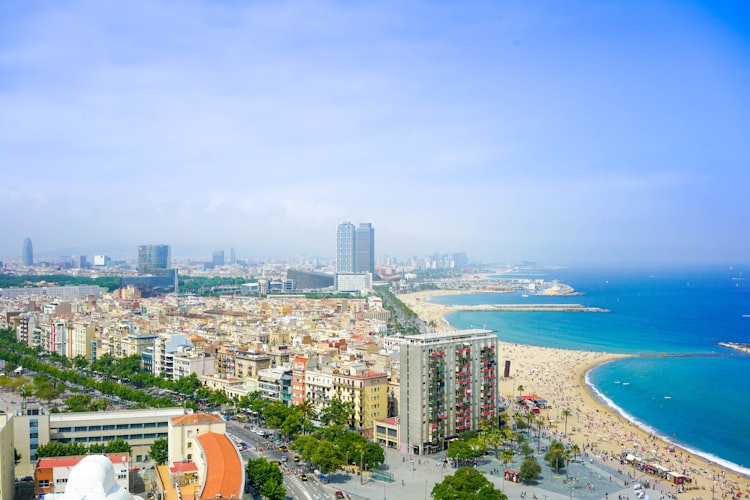
Precedently in the 80s, Barcelona didn’t have any beach up until the early 90s, in preparation for the 1992 Olympics, the town council set about the creation of a synthetic beach from the end of Barceloneta to Poblenou.
Barcelona now boasts a number of beautiful beach locations to suit everyone, from those looking to simply relax, to those looking for some extreme sports. Located on the coast of the popular neighborhood, which shares its name, La Barceloneta beach is Barcelona’s most bustling stretch of sand and sea.
This automatically made it one of the populous beaches in Barcelona, but it makes up for this with its excess amusement and seafood eateries and it is ideal if you still want to be close to the city’s main attractions.
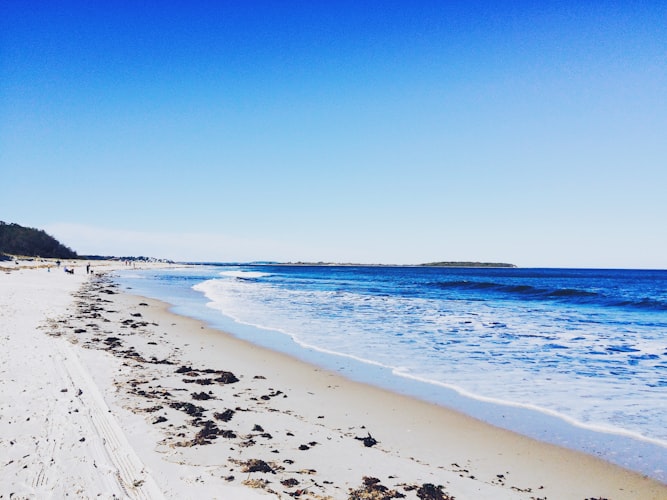
With 400kilo-meters of sandy beaches and ocean, Nova Icaria beach is regarded as the most placid in Barcelona, hence an excellent option for families or those looking to chill out.
Sant Sebastia beach is the closest to the eastern end of Barcelona and stretches for over a kilometer, making it one of the longest beaches. With fantastic sporting facilities, visitors can play volleyball or take part in extreme sports. Its popularity also means there is a wide range of dining facilities, making it a perfect place to spend the whole day.
1) Park Güell: North of Gràcia, this colorful park perched high on the hills is where architect Antoni Gaudí turned his hand to landscape gardening and it was originally intended to be a visionary housing complex.
The world-famous Catalan architect and his main patron, Eusebi Güell, conceived the idea of a modern estate, however, they received no interest from investors and eventually had to abandon the project. Gaudí moved into the model home, which is today the Gaudí House Museum and remained there until he died.
This amazing, flamboyant and enchanting place is where his passion for natural forms really took flight and visitors can see exuberant buildings, colorful tile work, and the amazing snaking Serpent Bench. The park is extremely popular, and access to the central area is limited to a certain amount of people every half-hour, so visitors are advised to book ahead.

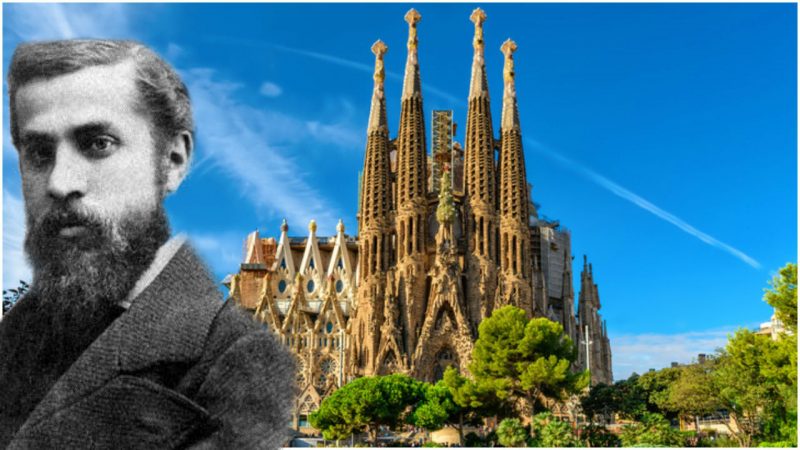
wow nice information it really helped me
ReplyDelete